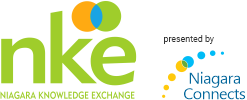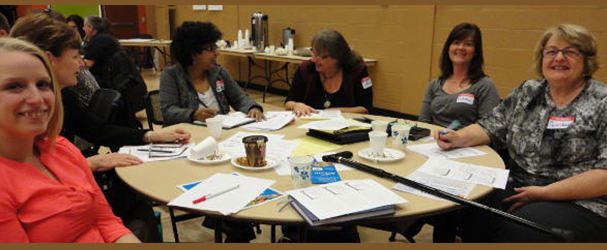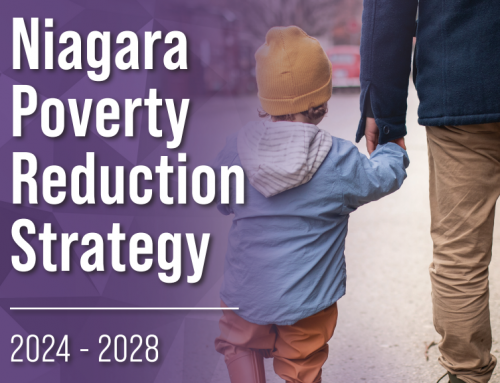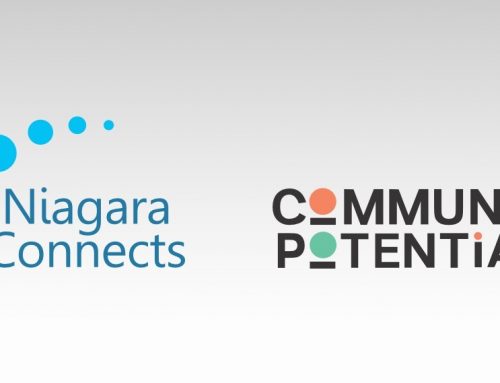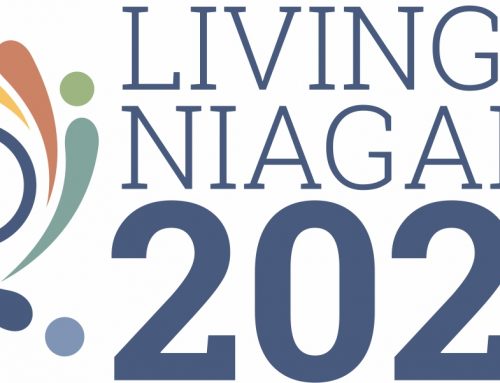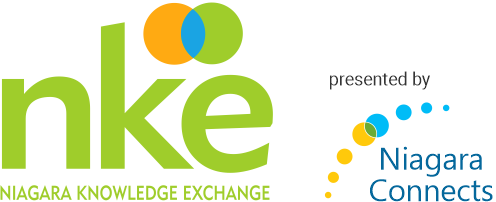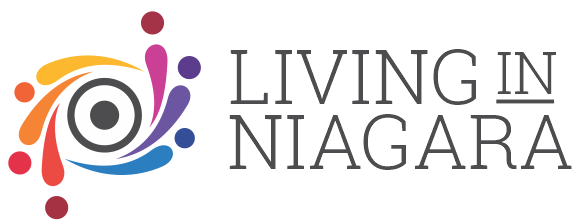Niagara Connects and the Niagara Knowledge Exchange (NKE) are great examples of Collective Impact. They are both built from the ground up, by the Niagara-wide community.
The NKE is a community tool that leverages the Niagara Connects network of people. It enables focused planning and decision-making to strengthen well-being and opportunities for Niagara’s citizens.
In 2005, the community began building Niagara Connects (formerly known as Niagara Research and Planning Council), to engage diverse interests to work together linking community strengths, research and evidence to plan for a stronger Niagara. The first Living in Niagara report was released in 2008. The report is designed to provide a regular snapshot of quality of life in Niagara, across 12 sectors aligned with the social indicators of health. The companion tool, which the community began to build in late 2010, is a well-curated online space offering relevant, reliable information to fast-track Niagara-focused planning. The Niagara Knowledge Exchange is that tool.
Collective Impact is a model for large-scale social change based on broad cross-sector coordination. John Kania and Mark Kramer wrote about it in the Winter 2011 edition of the Stanford Social Innovation Review.
At the November 2011 launch of the Living in Niagara – 2011 report, Collective Impact was highlighted as a great model to focus the Niagara-wide community’s work together, in responding to the 64 Suggested Action Steps in the report. Click the following links to access the full report and suggested action steps:
Kania and Kramer point out that successful Collective Impact initiatives share five conditions; they are all evident in the work that the community is doing to build the Niagara Connects knowledge tools: Five Conditions for Successful Collective Impact
1. Common Agenda
- In 2005, the Niagara-wide community began building Niagara Connects (formerly known as Niagara Research and Planning Council) to create relevant, reliable knowledge tools that enable focused planning and decision-making, to strengthen well-being and opportunities for Niagara’s citizens.
- Niagara Connects’ mission: Generating knowledge that drives community action.
2. Shared Measurement System
- The Living in Niagara report (2008, 2011), is a regular measure of quality of life in Niagara, across 12 sectors that align with the social indicators of health.
- The Niagara Knowledge Exchange (NKE) enables real-time exchange of ideas and information between the 12 Living in Niagara sectors, and allows for real-time monitoring of emerging issues important to the community.
3. Mutually Reinforcing Activities
- Groups and individuals exchange data, information, research, resources, innovations and ideas, as well as share successes, through the Niagara Knowledge Exchange (NKE).
4. Continuous Communication The Niagara Knowledge Exchange (NKE) leverages the Niagara Connects network of people, and is enabled by:
- Knowledge Broker service to connect people to people and people to resources
- Real-time opportunities to exchange information and innovations
- An online platform that offers a social space in which people can share data, information, knowledge and resources; the platform includes the Niagara Community Calendar
5. Backbone Support Organization
- Niagara Connects is a Niagara-wide network of people for collaboration, planning, learning, innovation and community action toward a stronger future for Niagara.
Actionable knowledge that motivates the community and improves performance among organizations is crucial for Collective Impact to work, according to Kania & Kramer. Generating such knowledge is exactly what the NKE is designed to do. Click here to read more about How to Use This Site and get the most out of the NKE!
~ Mary Wiley
Executive Director Niagara Connects
info@niagaraconnects.ca
